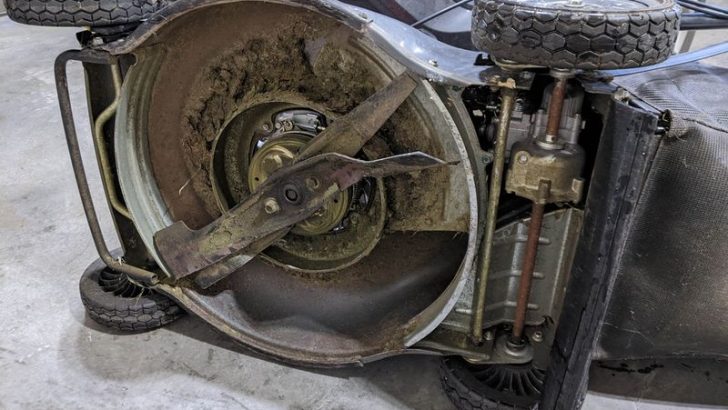Gardening can be a therapeutic and rewarding hobby, but cluttering your shed with ineffective or obsolete tools can hinder your gardening experience. Here, we explore twelve tools that might be taking up valuable space in your shed, and why it might be time to let them go.
1. Rusty Hand Trowel
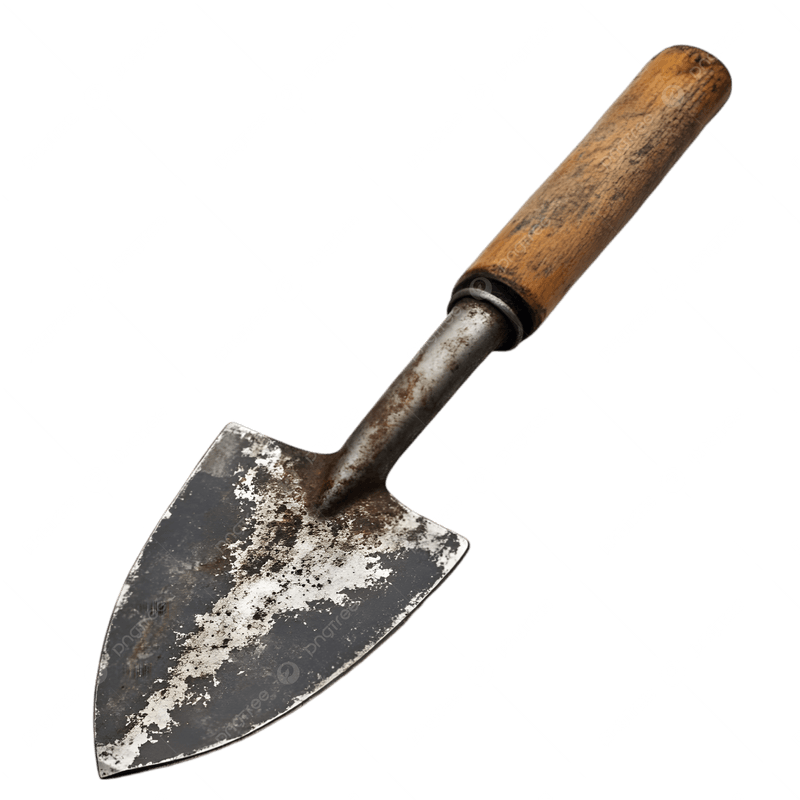
That trusty hand trowel has seen better days. Initially your go-to for planting and digging, over time, rust has crept in, rendering it inefficient. Imagine trying to break soil with a corroded blade—it’s frustrating. Rust not only weakens the metal, but also contaminates your soil with iron oxide, negatively affecting plant health. If the handle is rotting or splintering, it poses a further risk to your safety. Consider upgrading to a stainless steel version for durability and efficiency. Plus, many newer models come with ergonomic designs to reduce hand fatigue.
2. Broken Garden Fork
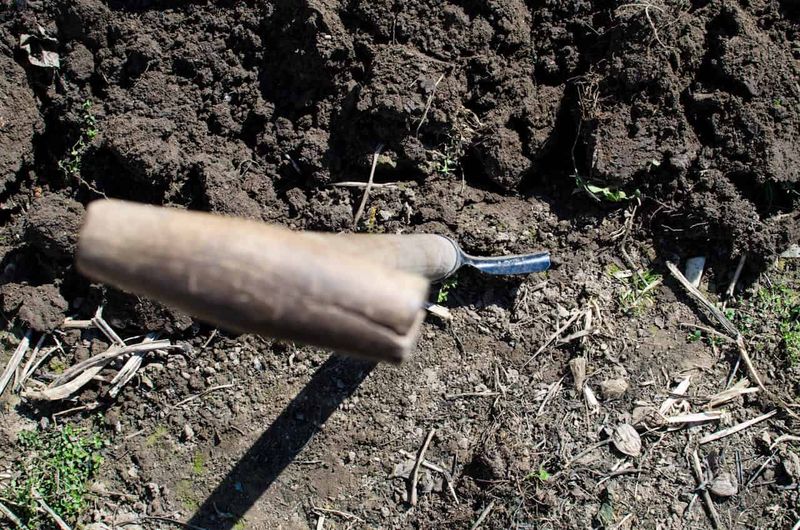
Garden forks are indispensable for turning soil. However, if yours has broken or bent prongs, its capability is compromised. Not only does it make your work harder, it can damage the root systems of plants. Bent prongs fail to penetrate soil deeply, resulting in poor aeration. Additionally, a handle that’s splintering or loose can cause blisters or accidents. Modern garden forks tend to be lighter and more durable, featuring advanced materials that promise longevity. Investing in a new one can make your gardening sessions more enjoyable and efficient.
3. Dull Pruning Shears

Pruning shears are vital for maintaining plant health. Dull blades, however, tear rather than cut, stressing plants and opening them to disease. Rust or sticky sap residue further hampers their function. Besides, using them becomes a physical strain, affecting your enjoyment. Replace them with a pair featuring rust-resistant material and a sap groove to ease maintenance. Many contemporary designs also boast ergonomic handles, ensuring comfort during prolonged use. Sharper, cleaner cuts mean healthier plants and a more satisfying gardening experience.
4. Leaky Watering Can
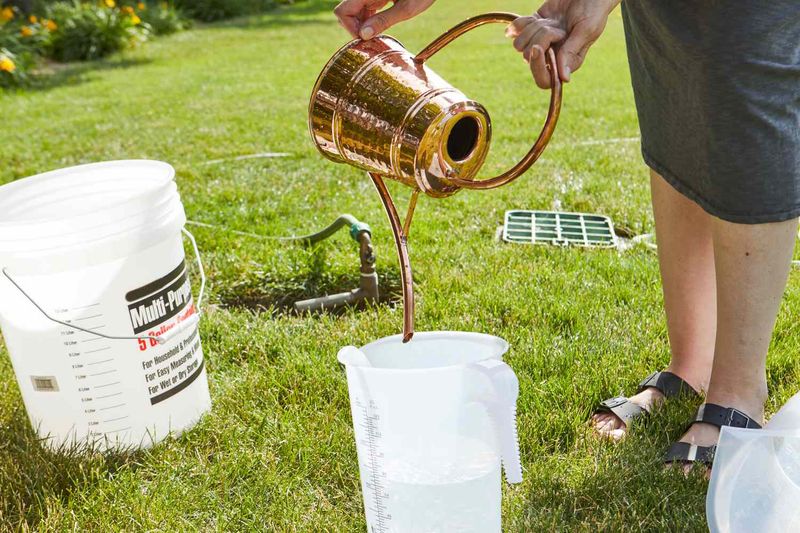
Watering cans are essential for hydration. Yet, a leaky one wastes water and time. Imagine meticulously watering plants only to find the soil still dry. Leaks often occur at seams or spouts, and over time, become worse. Plastic versions may crack from sun exposure, while metal ones rust. Opt for a durable watering can with reinforced seams or a corrosion-resistant version. This upgrade not only conserves water but also ensures even distribution for healthy plant growth. Plus, new designs can add an aesthetic touch to your gardening toolkit.
5. Wobbly Wheelbarrow
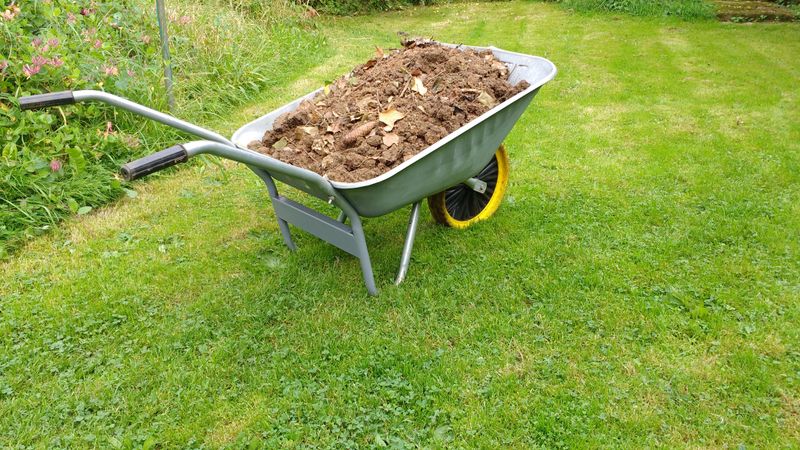
The wheelbarrow is a gardener’s best friend when it’s in good condition. A wobbly one, however, can become a nightmare. Flat tires, rusted metal, or a loose wheel make it difficult to control and unsafe. Such instability increases the risk of accidents, especially when carrying heavy loads. Repairing might be an option, but replacements are often lighter and more maneuverable. Newer models typically incorporate sturdy materials like polypropylene, enhancing both durability and usability. Keep your gardening smooth and safe by investing in a reliable wheelbarrow.
6. Cracked Seed Spreader
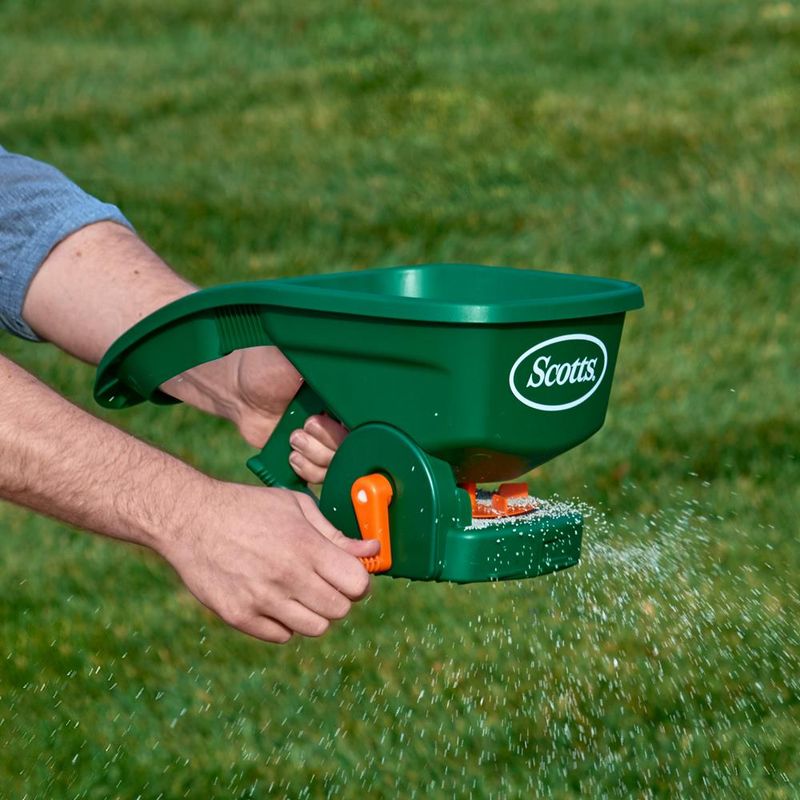
A seed spreader should distribute seeds evenly. Yet, a cracked one will cause uneven distribution, leading to sparse or overly dense patches. This disparity affects garden aesthetics and plant health. Cracks or holes allow seeds to spill out uncontrollably, causing waste. Modern spreaders are designed for precision, often featuring adjustable settings to suit different seeds. Upgrading your spreader helps ensure even growth and avoids unnecessary seed wastage. Investing in a new model brings efficiency and improves your overall gardening success.
7. Splintered Garden Rake

Garden rakes should smooth and level soil efficiently. A splintered handle, however, transforms this task into a painful ordeal. Splinters threaten your hands, and a weak handle might snap under pressure. Modern garden rakes are manufactured using robust materials, often with fiberglass handles that resist splintering. Meanwhile, the tines need to be sharp and durable to perform well. Consider replacing your old rake to assure comfort and safety during use. Having reliable tools is key to enjoying gardening without the hassle of dealing with avoidable injuries.
8. Defunct Hedge Trimmer
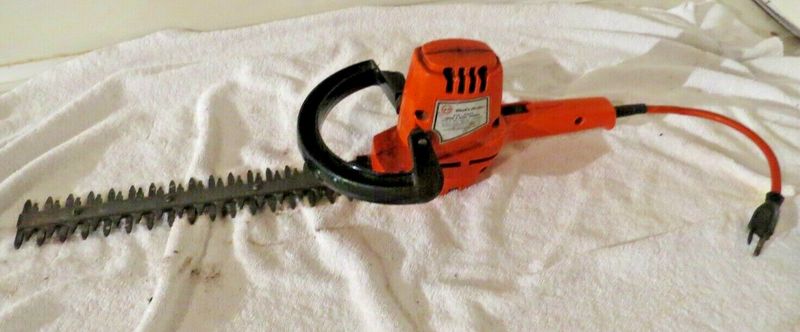
Hedge trimmers shape and maintain hedges neatly. A defunct one with missing teeth or a frayed cord is frustrating and unsafe. Such faults may lead to uneven cuts, damaging your plants. Moreover, frayed cords are an electrical hazard. Modern trimmers are safer, often cordless, providing freedom of movement. They feature sharp blades for clean cuts and are ergonomically designed. Upgrading to a new model not only enhances safety but also makes shaping hedges a breeze. Reliable equipment is essential for maintaining a well-groomed garden efficiently.
9. Frayed Garden Hose
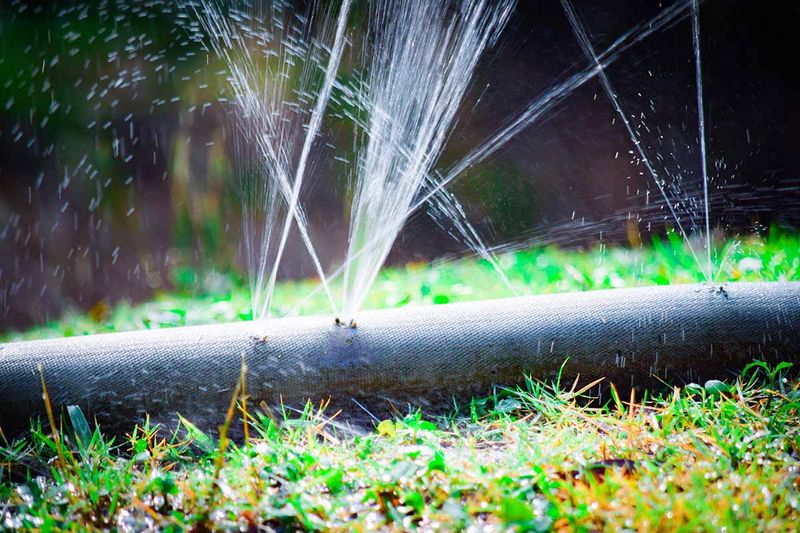
A garden hose, integral for watering, becomes redundant when frayed. Leaks and bursts waste water, while frayed sections reduce flow efficiency. Frays may worsen, leading to complete breakage. Modern hoses are more durable, often made from materials that resist kinks and withstand sun exposure. Some feature expandable designs, offering greater convenience and flexibility. Replacing your old hose ensures consistent water delivery and saves on utility costs. A reliable hose streamlines your gardening routine, ensuring your plants receive the hydration they require.
10. Bent Lawn Mower Blade
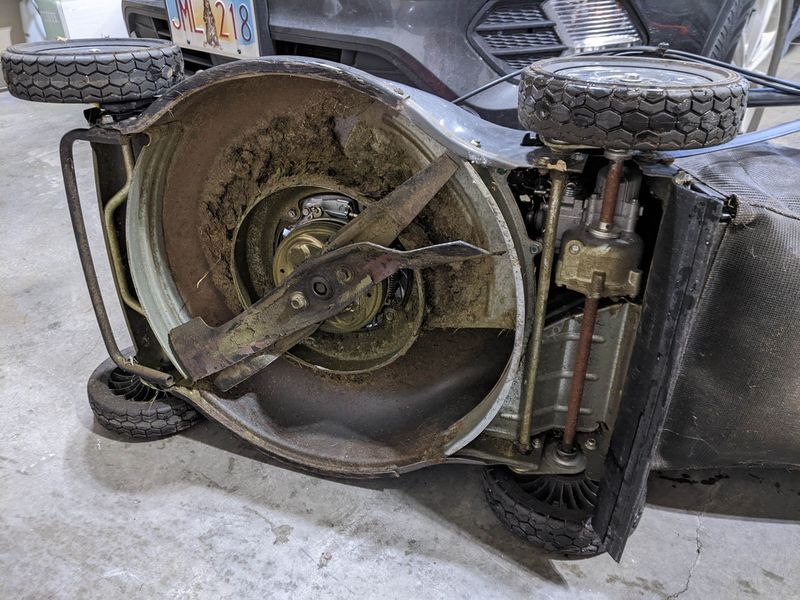
Lawn mowers require sharp, balanced blades for even cutting. Bent blades create uneven cuts, scalp patches, and damage grass. This results in an unsightly lawn and stresses grass, increasing its vulnerability to disease. Check your blades regularly and consider replacement if they’re bent or dull. New blades ensure precision, maintaining a healthy, attractive lawn. Often, newer models come with features that enhance safety and efficiency, such as mulching capabilities. Keeping your mower in optimal condition fosters a vibrant, neatly trimmed garden.
11. Damaged Garden Hoe
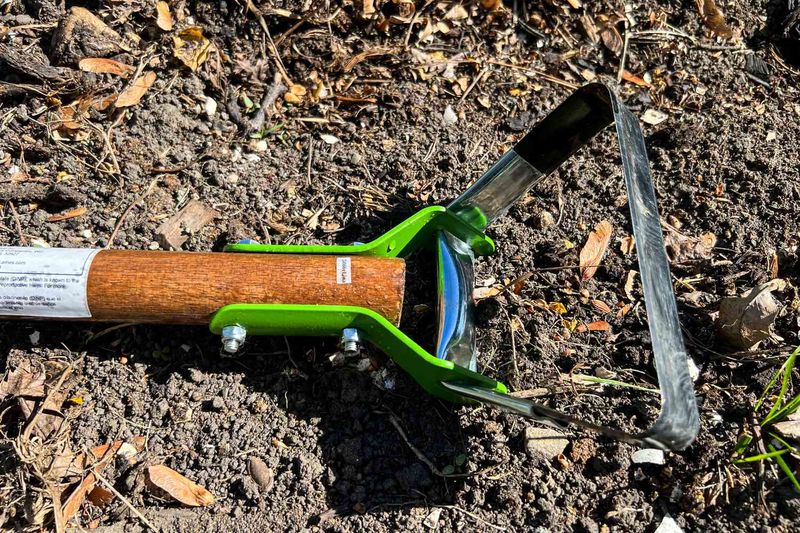
Garden hoes help in weeding and soil preparation. A damaged hoe with a split handle or chipped blade hinders these tasks. It compromises your gardening efforts, making each stroke inefficient. Modern hoes have improvements in their design, offering durable materials like reinforced fiberglass handles and sharp, long-lasting blades. They provide better control and ease of use, reducing effort and increasing productivity. Replacing your old hoe can transform your gardening experience, ensuring your tasks are completed smoothly and effectively.
12. Worn-out Sprinkler
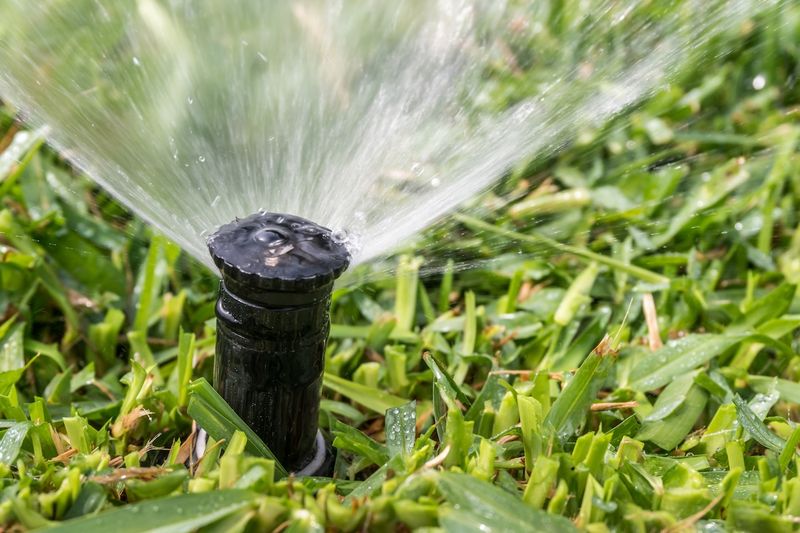
Sprinklers automate watering, but a worn-out version disrupts this convenience. Missing parts or inconsistent spray patterns leave some areas dry and others overwatered. This imbalance affects plant health and can lead to water wastage. Consider investing in a new sprinkler system that offers better coverage and efficiency. Modern sprinklers often have adjustable settings and are designed to be more water-efficient. By updating your sprinkler, you’ll ensure your garden receives the right amount of water, promoting healthy growth and conserving resources.

